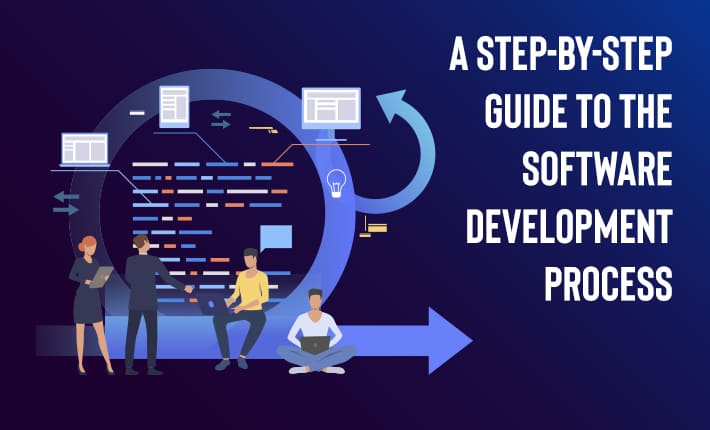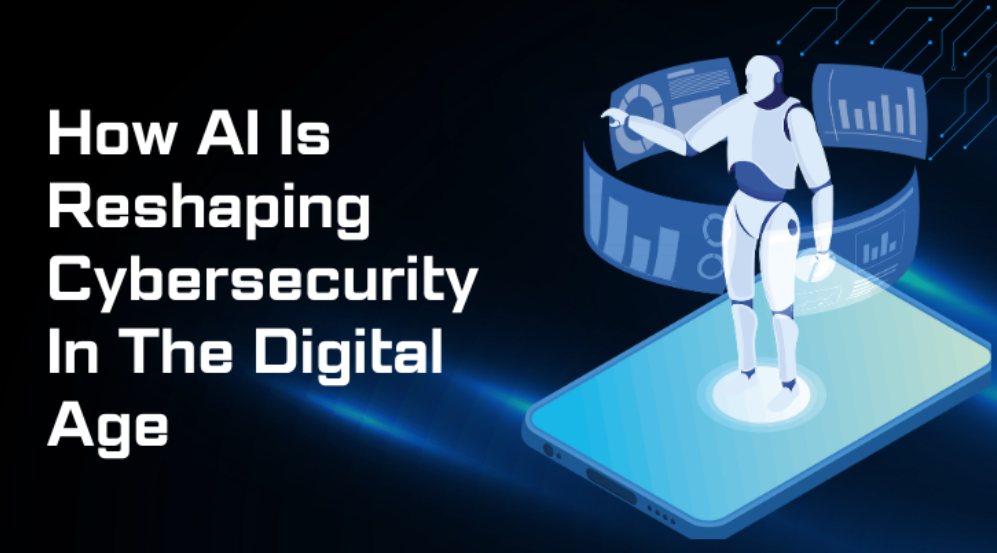Major developments have been noticed since the initial computer program was developed. In the cycle of product development, this is especially true. The process became more dependent on documentation. A single document was necessary for stakeholders and developers alike. All the modifications made throughout each development step are included in the document. It's difficult to create software. Typically, it has a set number of stages. Let's examine what the development phases are in charge of, how they function, and what outcomes they produce using a step-by-step guide to software development. Today, specific processes are followed in every software development project. These procedures allow for the provision of excellent software development services. Additionally, it ensured that any software published was of the highest calibre.
The product design lifecycle has significantly changed since the first computer program was developed. The what, when, and why of each procedure along the development timeline are required to be documented by advertisers, program managers, and developers in a single artefact. The life cycle of software development ideas came into being in this manner. The software development lifecycle (SDLC) is a methodical procedure for taking a product's concept from the ideation stage to execution and ultimately to market.
Let's work through the process of developing a software project step by step-
Coming up with ideas and resource planning- Because of all the brand-new IT goods and technical advancements that have been introduced in recent years, it might be difficult to come up with unique ideas. Due to several off-the-shelf alternatives, product and program managers must collaborate with developers to think globally and, typically, provide something unique when developing software that is desired by the market. In the IT world, brainstorming is a useful strategy. It is an inventive way to identify the greatest ideas and solutions that can be put into practice during the SDLC. During the brainstorming session, everyone participates and offers their thoughts. This makes everyone feel important and accountable for the outcomes. Any process improvement software always starts with the planning phase. To achieve your company objectives, you must determine whether the software applications you wish to create will do so. It examines what the public needs. Any programme is designed to simplify chores. Consequently, it would be ideal to think about what tasks you want to do better and how the programme may assist you. Resource allocation for such software development life cycle is the next phase. What resources could be required to complete the work must be determined. Next, you must create a flexible yet realistic budget.
1. Prepare the Requirements Collection
Getting both functional and non-functional needs for the product is crucial. Project managers gather information, consult with interested parties, and do exploratory work to develop a picture of possible consumers. Usually, a document called a Software Specification compiles the findings of such a study. Because it develops a basic roadmap and the primary needs for the projects, this stage is also referred to as preparation. One of the most crucial stages of software development is the project planning step. It has an impact on every step of growth and how things are carried out.
2. Business analysis and requirement specification
The CEO and every team member must do a feasibility analysis before making significant investments in the project. The feasibility study analyses all technical and economic elements that influence project development and can demonstrate how to create your software lucrative in the long term. Each team member, including testers, developers, project managers, and others, must give a precise estimate of the time, effort, and resources they will need to use to complete a given task. It will aid in the estimation of all costs.
3. Designing
Design is the stage of the SDLC when the product is conceptualised. In the first two phases of software development, specifications are produced and the design is then created by them. Designers construct the entire project's structure and offer the finished prototypes that will be used in the next stages of software development, much like any other architects. The team begins the design phase by creating the product's visual representation. User interface design, which is a step in the process, represents how users will see the program. But there is much more to software design than just pretty pictures. UX design addresses user interface organization, user flow comfort, and all aspects of user interaction. Lean Design is a notion that UX design adheres to in Agile methodology. It denotes that the app's design is user-centred and geared at identifying and meeting the needs of the user.
4. Computing and coding
Developers are beginning with coding here. Each programmer is in charge of a specific list of coding duties for software development. The project managers are in charge of the software development process. The longest operation takes place during this period. In this step, the development team puts into practice all the concepts, application logic, and service connectors that were established in the earlier phases. Because it forms the foundation of the entire process, the coding phase is typically the most time-consuming. A product that meets stakeholder expectations is created by the development team by adhering to the software requirements. The development phase should go well if the other steps were completed completely and the circumstances are clear. Alpha, beta, release candidate, and product build is the following development stages. The testing phase of the solution begins once the full architecture (DB, API, etc.) and intended functionality are constructed.
5. Provisions
It is a crucial stage in the creation of software. Putting your program on the appropriate servers and devices comes after developing and testing. Only when you have examined the operation of the product and demonstrated that it is stable can you accomplish this. Frequently, the Alpha release produced is just appropriate for the product. A select set of people test the product and provide feedback. It is possible to make adjustments to the software after analyzing the input. For instance, you can change to Beta vision so that more people can utilize the software. When determining how to efficiently construct a software program, incorporating all sources and contexts is essential since it enables accurate estimation of the number of problems, conflicts, and flaws. Continuous integration is used by the majority of teams, especially agile ones. These teams run automated testing and compilation as well as unit tests.
6. Maintenance and ensuring quality
Software development follows a cycle, as we've already stated. The process of producing software is iterative. The process doesn't end with the product's launch. You must do routine software updates and maintenance. You must monitor the progress of the software and make adjustments as necessary. Given how quickly technology advances, it is essential. For software to keep pace with these changes, an update is necessary. Different user needs start to appear over time. Additionally, user input is a crucial component in modernising any software product. And last, we create software that is simple to scale up or down as requirements and trends in software development change in the future. The system must be deployed, supported, and maintained during this phase to remain current and functional. In addition to writing test cases and reporting issues to developers for correction, testers also contribute to the most effective way to construct software products.

















Post Comments